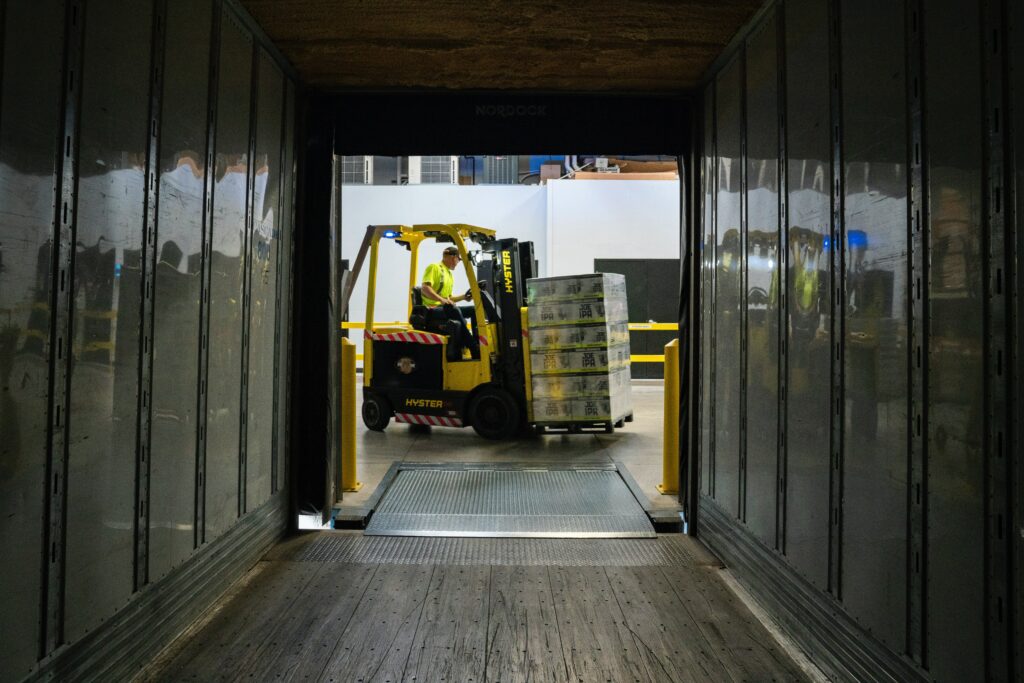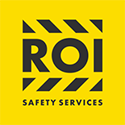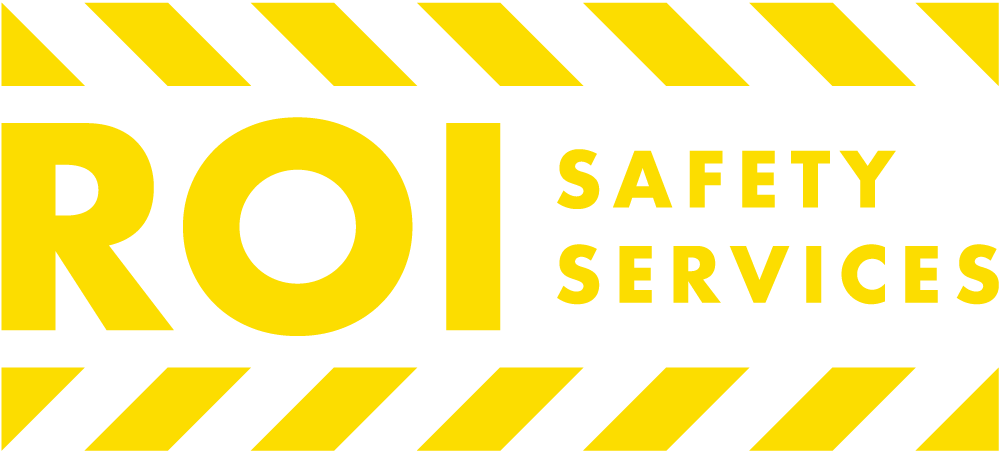
Many industries would slow down productivity and efficiency without essential equipment like forklifts. They make it easier to handle and transport materials for productive output. Nonetheless, operating a forklift requires specific training and certification due to this machine’s high risk and hazards. The Occupational Safety and Health Administration (OSHA) has set regulations, training requirements, and certifications to ensure workplace safety.
This page explores the requirements to comply with OSHA regulations and what’s included in the training and certification. It also highlights the advantages of forklift training, penalties for non-compliance, and whether you should pick in-house or external training.
What are the Requirements for OSHA Forklift Training and Certification?
Every forklift operator must receive proper training and certification under OSHA standards before operating a forklift. The requirements are as follows:
Formal Training:
Theoretical coursework is the first mandatory classroom training for every new forklift operator. It incorporates lectures, interactive discussions, and the presentation of forklift knowledge to trainees by a qualified instructor with sufficient experience.
The content of training should comprehensively cover the following topics:
- Forklift operating principles (instructions, warnings, and precautions)
- Steering, stability, and maneuvering
- Load handling and limitations
- Hazard recognition
- Visibility and truck controls
- Refueling or charging the forklift
Practical Training:
Hands-on practice is an essential part of forklift training as the trainee gets the chance to operate an actual forklift. They should always be under the strict supervision of the trainer and keen enough to learn the required skills.
There are different types of forklifts, and users should be trained in the kind they intend to operate since each has specific guidelines.
Evaluation and Certification:
Operators must pass written and demonstration tests at the end of the program to acquire certification. The written test consists of about 50 questions intended to gauge the trainee’s knowledge of OSHA regulations, machine controls and techniques, and safety practices. It’s done within a limited timeline with a 70% to 85% pass rate, depending on specific trainer standards and instructions.
On the other hand, a practical test measures the trainee’s ability to operate the forklift and perform various tasks, such as handling and transporting the materials. The techniques for evaluating this test are different based on multiple instructors. The test is the baseline for passing or failing forklift training. Upon successful completion, you’ll receive the necessary certifications from the trainer.
How Do You Comply With OSHA Requirements?
Employers should ensure all forklift employees are trained and certified before operating the machines. The following steps are essential to ensure compliance with the OSHA requirements:
- Pinpoint training needs – Assess and identify the tasks that need a forklift and training requirements for each operator. The type of forklift, work environment, and task complexity are the main areas to look into when evaluating training needs.
- Find a qualified instructor – When selecting a trainer, ensure they have the qualifications and expertise in forklift operations for a good training experience. Whether an in-house or external trainer, they should be able to develop a training program that suits your current Forklift training needs.
- Regular monitoring and evaluation – To stay up-to-date with the OSHA requirements, conducting regular training upon acquiring new forklifts or changing the work environment and hazardous materials is necessary. Ensure your employees have needed and updated documents each time they operate a forklift in the workplace. Additionally, monitoring employees ensures potential risks are identified early before escalating to dangerous levels.
- Know which violations accrue penalties – Accidents from OSHA requirements violations are common in most industries and organizations. Thus, employers and employees should know the costly fines and penalties associated with specific offenses. It helps with accountability, reducing the company’s chances of accidents and operational costs.
In-house or External Training: Which is Best for You?
An employer can hire an external trainer or conduct in-house forklift training based on the safety needs, budget, and resources. Each approach has its benefits and downsides, as shown below:
In-house Training
Conducting in-house training offers schedule flexibility allowing for a more comprehensive and efficient output. It also saves on cost, especially for larger companies with many forklift operators. An in-house trainer easily tailors forklift training to fit specific operations and workplaces.
External Training
Although more costly, external trainers provide a wide array of knowledge and experience to cater to specific needs. External training also brings fresh perspectives on handling organizational safety and offers solutions with a streamlined learning experience. OSHA recognizes some third-party external training providers like ROI Safety Services, which simplifies compliance verification.
What are the Benefits of OSHA Forklift Training and Certification?
Proper training before operating a forklift is beneficial to employers, operators, and other employees for the following reasons:
- Increased productivity and efficiency: A well-trained forklift operator will perform duties professionally and more effectively, leading to a smooth workflow and reduced machine-related accidents.
- Improved workplace safety: Proper training equips an operator with the necessary skills to operate a forklift safely, detect potential risks, and know what to do in case of accidents. This knowledge helps minimize workplace accidents and injuries.
- Reduced operational costs: Skilled forklift operators are less likely to cause accidents or machine damage, which is cost-saving to an employer.
- Confidence boost: An operator with the right skills knows what they are doing and has more confidence and morale to handle their duties safely and efficiently.
- Compliance with OSHA: Providing necessary training and certifications is a regulatory requirement by OSHA that helps an employer avoid penalties and legal consequences.
Are there Penalties for not Following OSHA Forklift Training Requirements?
OSHA conducts constant workplace inspections to ensure safety requirements are well maintained. However, detected violations are subject to hefty penalties and legal consequences, mainly for employers. For instance, a company operating forklifts without properly trained operators could be shut down or incur high costs from operations disturbance.
Penalties depend on violation severity, employer’s compliance history, and associated risk of the materials handled. Therefore, as an employer, ensure all your operators have proper training and certification to avoid penalties and maintain a safe working environment for employees.
To Wrap Up
OSHA forklift training requirements and regulations comprise classroom and practical training with regular evaluations for complete compliance. These regulations are in place to prevent accidents and ensure safe workplaces. In-house or external training is recognized, provided the result is a well-trained and certified forklift operator. If you need valuable forklift training services, contact ROI Safety Services today and get all your questions answered.

